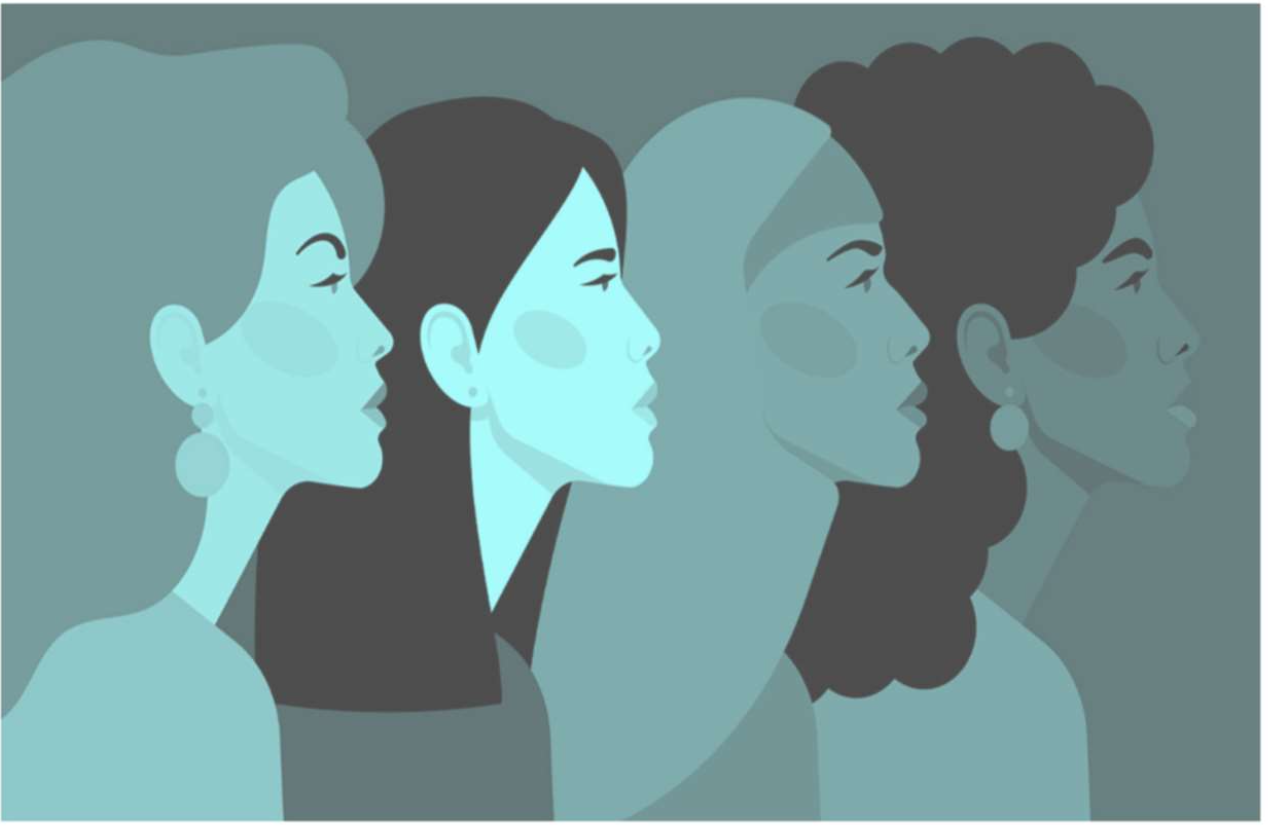Washington, DC—
The Status of Women in North Carolina,
prepared by the Institute for Women’s Policy Research (IWPR), shows gaps in supports for women and families, alongside progress in many areas. In the past two decades in
North Carolina
, women’s education levels have increased, teen pregnancy rates have declined, the gender wage gap has narrowed, and women have become more likely to work in managerial and professional occupations. But women and families in the state face comparatively high rates of poverty and food insecurity.
“Women in North Carolina, historically and according to the most recent data, have strengthened the state’s economy and local communities in many ways,” said Cynthia Hess, Ph.D., IWPR Study Director and author of the report. “Their participation in areas ranging from the workforce, to local and regional politics, to social justice movements has shaped policies and will continue to do so in the coming years.”
Over the last two decades, the workforce in North Carolina became more diverse, more educated, and more likely to work in professional and managerial occupations. Women’s educational levels and workforce participation rates vary across different regions of the state, with more rural areas seeing lower rates. In both 2008 and 2010, women in the state participated in elections at a higher rate than men, showing interest in the policy decisions that will affect their families, workplaces, and businesses.
Remarkable progress has also been made in preventive health and teen pregnancy. The teen pregnancy rate in
North Carolina
has steadily decreased in recent years, from 76.1 per 1,000 for teens aged 15–19 in 2000 to 49.7 per 1,000 for teens of the same age range in 2010.Women in North Carolina are more likely than their counterparts in the nation as a whole to report having received a pap test or a mammogram.
According to the report, between 1990 and 2010, in North Carolina:
-
The share of women with at least a bachelor’s degree increased sharply from 16 percent in 1990 to 27 percent in 2010.
-
The share of women who did not finish high school fell from 30 to 13 percent.
-
The share of employed women in the state in managerial and professional occupations increased from 26 percent to 40 percent (between 1994 and 2010).
-
The proportion of women in poverty increased from 14 to 17 percent.
-
The share of the female population composed of immigrants grew from two to seven percent.
Despite having generally higher levels of education then men, women still face lower earnings. But at 82.5 cents for every dollar earned by men, North Carolina has a smaller wage gap than the nation as a whole.
Women are twice as likely as men to work in the not-for-profit sector and more likely to work for state and local government than men. This reflects similar trends at the national level, meaning women are more likely to be affected by cuts to education and health care sectors at the lower levels of government.
While some are women are achieving higher levels of education and career positions, more are falling into poverty. The recession significantly affected both women and men in North Carolina and, in 2010, 9.1 percent of women and 11.7 percent of men were unemployed, both higher rates than in the United States overall.
Thirteen percent of all households receive food stamps in North Carolina, where food insecurity disproportionately affects households compared with the nation as a whole. Slightly more than one in ten single women (12 percent) with children under five and incomes below the qualifying poverty threshold receive any cash assistance, a lower proportion than in the United States overall.
“There are under-recognized challenges and underserved communities, including single mothers, that need to be addressed through improved policy and programs,” said Beth Briggs of the North Carolina Council for Women.
Women also continue to need supports in areas related to domestic violence, sexual assault, and access to reproductive health services. Between 2010 and 2011, more than in four out of five of those served by domestic violence programs and 89 percent of those served by sexual assault programs funded by the North Carolina Council for Women were female. In 2008, half of women in North Carolina lived in a country without a known abortion provider, compared with one-third of women in the United States as a whole.
While progress continues to improve the overall status of women in North Carolina, the state’s national
ranking
is quite low in areas such as workforce participation (36
th
) and the percent of women living above the poverty line (39
th
). The report recommends that employers take steps to address the wage gap; that education and child care supports are increased, especially for low-income women; and that services and supports for victims of domestic violence are also expanded.
The Status of Women in North Carolina
was produced with funding from the North Carolina Council for Women, Wells Fargo, Women to Women at the Community Foundation of Greater Greensboro, Women For Women at the Community Foundation of Western North Carolina, The Women’s Giving Circle of Cumberland County, and the Women’s Fund at the North Carolina Community Foundation. By comparing data to IWPR’s 1996 report on the status of women, IWPR tracked progress for key indicators since 1990 to reveal findings that can inform decisions for policymakers, leaders, advocates and other stakeholders.
The Institute for Women’s Policy Research (
IWPR) conducts rigorous research and disseminates its findings to address the needs of women and their families, promote public dialogue, and strengthen communities and societies. IWPR is a 501(c)(3) tax-exempt organization that also works in affiliation with the women’s studies, and public policy and public administration programs at The George Washington University.
-END-


